The kitchen is a hub of experiments and creativity and a place where certain rules and guidelines must be followed. One of the most common questions is: Can you put a cold glass dish in the oven? This query often stems from the concern of the glass dish shattering due to sudden temperature changes, which could lead to a ruined meal and a messy and potentially dangerous situation in your oven. Therefore, understanding the properties of glass and the correct method of using and transferring it amongst various temperatures plays a crucial role in ensuring the safety and success of your culinary endeavors.
This article will delve into the world of glass cookware, explore its strengths and limitations, offer insights into the process of thermal shock, and provide helpful precautionary measures and tips on safely using cold glass dishes in the oven.
Can You Put A Cold Glass Dish In The Oven?
It is important to handle glass dishes with care in order to avoid breakage. When putting a cold glass dish in the oven, it is recommended to let the dish warm to room temperature before placing it in the oven. This will help to avoid any sudden temperature changes that may cause the glass to break.
Additionally, it is essential to note that not all glassware is created equal when it comes to oven use. Glassware made of borosilicate or tempered glass is oven-safe, but avoiding using non-tempered soda-lime glass in the oven is best. Taking these precautions allows one to use their glass dishes for refrigeration and cooking safely.
Can You Put Cold Glass Pyrex In The Oven?
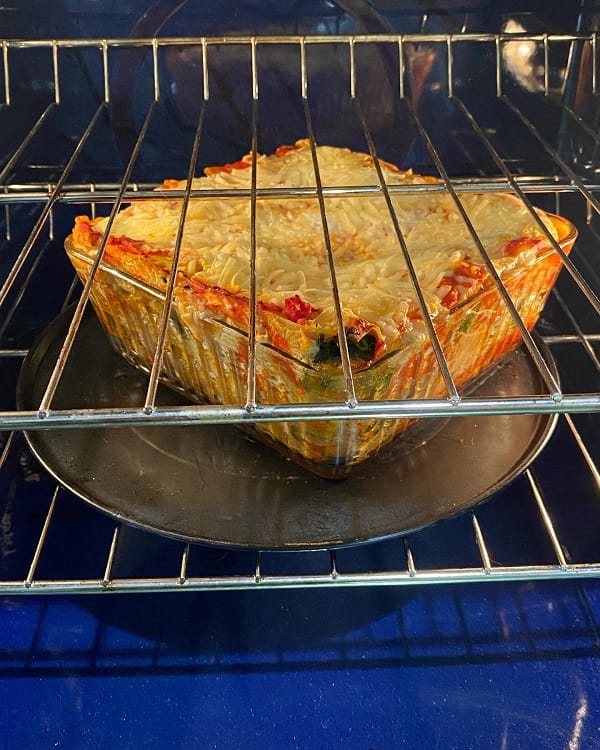
Pyrex can go in the oven, but caution should be exercised to prevent shattering. It’s best to avoid extreme temperature changes, which could happen if a Pyrex dish goes from the fridge straight into a hot oven.
Preheating the oven and ensuring the dish is at room temperature will reduce the risk of thermal shock. It’s also not a good idea to rapidly move Pyrex from hot temperatures to cold, such as putting it in the fridge immediately after taking it out of the oven.
Although people frequently bake with Pyrex with no problems, it’s essential to follow certain guidelines to avoid shattering. Overall, while Pyrex can handle the heat of an oven, it can’t handle rapid temperature changes.
Can You Put Borosilicate Glass In The Oven?
If you’re wondering if you can put borosilicate glass in the oven, the answer is yes. Borosilicate glass products, along with tempered glass products, are safe to use in the oven. Being a type of glass material that can withstand high heat, borosilicate glass cookware can go from oven to table without any problem.
The advantage of borosilicate glass is that it is resistant to thermal shock, meaning temperature changes won’t cause as much stress to the glass. This makes it suitable for baking, warming, or reheating food in the oven and using it in the microwave.
Can You Put A Cold Glass Pie Plate In The Oven?
It is possible to put a cold glass pie plate in the oven. Still, there are precautions to take to avoid damage. Glass bakeware can break during sudden temperature changes, so it’s a good idea to allow the glass to warm to room temperature before placing it in the oven.
It’s also important to ensure the glass is heat-resistant and designed for oven baking. Cheaper casserole dishes may break under pressure, so investing in a high-quality glass baking dish is best. By taking these precautions, one can enjoy the convenience of baking with a cold glass pie plate without any worries.
Can You Put Mason Jars In The Oven?
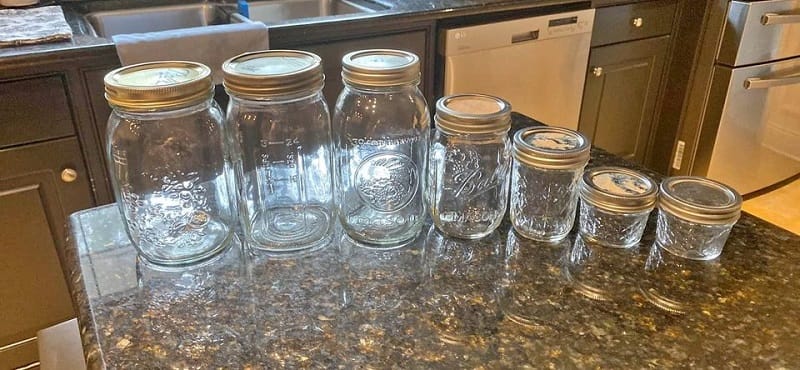
If you’re an avid home cook, you might be wondering whether you can put your trusty Mason jars in the oven. After all, they’re made of glass, and glass can withstand high temperatures, right? Well, the answer is a bit complicated.
While putting Mason jars in the oven is technically possible, it’s generally not recommended. That’s because Mason jars are not tempered like most bakeware and can’t withstand sudden temperature changes. Moreover, heating them unevenly can cause them to break or shatter, which can be dangerous. So, unless you’re using them for sterilization, it’s best to steer clear of the oven and use another type of bakeware instead.
Are Casserole Dishes Made Of Glass Safe For Oven Use?
Casserole dishes made of glass can be safe for oven use, but it depends on the specific dish. It is important to check if the dish is labeled as oven safe before placing it.
Any oven-safe or tempered glass dish is designed to withstand the high temperatures used for cooking and baking. However, it is recommended to avoid sudden temperature changes, such as going from freezer to oven or oven to sink.
Additionally, no liquid should be added to hot glassware, and the heat should not exceed 350°F. Generally, most glass cookware labeled “oven-safe” is safe to put on a baking sheet filled with water and bring to the oven.
Is It Safe To Put Cold Glass In the Oven?
Have you ever wondered whether putting cold glass in the oven is safe? Well, the answer is not a simple yes or no. While it may be tempting to quickly transfer a cold glass dish from the fridge straight to the oven, it’s important to take certain safety measures to avoid any accidents or damage to the glass.
Standard glass cannot withstand high temperatures and may break under pressure, while borosilicate glass or fortified glass like Pyrex can handle the heat but still requires precautions. It’s best to allow your glass dish to reach room temperature before placing it in the oven or on a room-temperature baking sheet. Additionally, it’s important to avoid sudden temperature changes that could cause the glass to break.
What Are The Risks Of Putting A Cold Glass Dish In The Oven?
Putting a cold glass dish in the oven can be quite risky. This is because the sudden temperature change can cause the glass to break or shatter, which can send dangerous sharp pieces everywhere.
Glass is not good at resisting heat and begins to break at a temperature between 302-392°F (150-200°C). Regular glass can withstand only a temperature difference of about 108°F (42° C). However, heat-resistant glass, such as Pyrex, can be put in the oven as it can withstand higher temperatures.
To avoid any risk, the best option is to use oven-safe glass baking dishes or metal bakeware. If you’re using glass dishes, make sure they’re hardened and designed for oven baking. It’s also important to bring the dish to room temperature before placing it in the oven to avoid any sudden temperature changes.
Can Soda-Lime Glass Withstand The Heat Of The Oven?
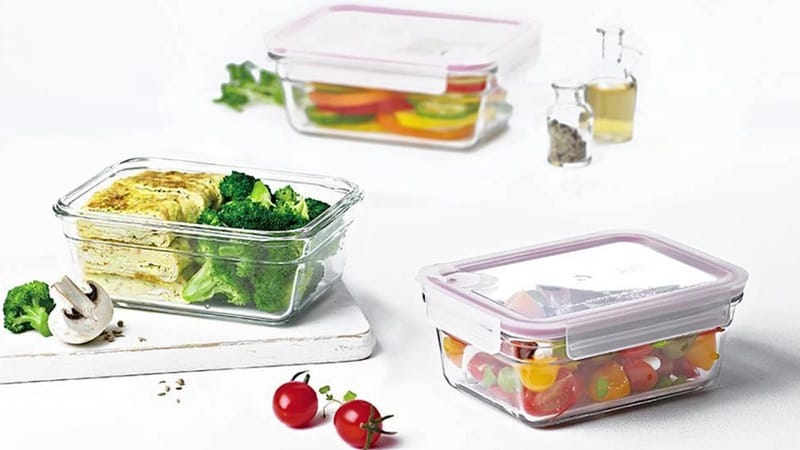
Many wonders if soda-lime glass can withstand high heat when using glassware in the oven. According to facts, soda-lime glass is less heat resistant than borosilicate glass, which can withstand much higher temperatures. While soda-lime glass can endure temperatures up to 260°C (500°F), using it in the oven for prolonged periods or sudden temperature changes is not recommended, as it can cause thermal shock and make the glass break.
Therefore, if you want to use glassware in the oven, opt for borosilicate glass, which can better handle heat and temperature changes.
Read more:
- Can Calphalon Pans Go In The Oven
- Can You Put A Crock Pot In The Oven
- Can Le Creuset Go In Oven
- Can Ceramic Go In Oven
Are Any Specific Glass Dishes Or Brands Known To Be More Oven-Friendly Than Others?
As a cooking enthusiast, I have always been curious about the best glass dishes and oven-friendly brands. After several years of experimenting and trying different products, I can confidently say that some glass dishes and brands are more oven-friendly.
One of the most important factors to consider when choosing an oven-safe glass dish is the type of glass used in its construction. The best glass dishes for oven use are made from tempered glass. Tempered glass is stronger and more resistant to thermal shock than regular glass, which means that it can withstand sudden temperature changes without cracking.
Pyrex is a brand that is well-known for its oven-safe glass dishes. Their products are made from high-quality tempered glass, making them ideal for use in the oven. Pyrex dishes come in various shapes and sizes, so you can find one that suits your needs.
Another brand that is worth considering is Anchor Hocking. They offer a range of glass dishes designed for use in the oven. Their products are made from tempered glass, so you can be sure they are safe to use at high temperatures.
A few stand out when it comes to specific glass dishes that are oven-friendly. One of my favorites is the Pyrex Easy Grab 8-Inch Square Glass Dish. This dish is perfect for baking casseroles, lasagnas, and other oven-baked dishes. It is made from tempered glass and has convenient handles that make it easy to remove from the oven.
Another great option is the Anchor Hocking Oven Basics Glass Baking Dish. This dish is available in various sizes and is made from tempered glass. It is designed to withstand temperatures of up to 425 degrees Fahrenheit, making it ideal for use in the oven.
Tips On How To Put Cold Glass In The Oven
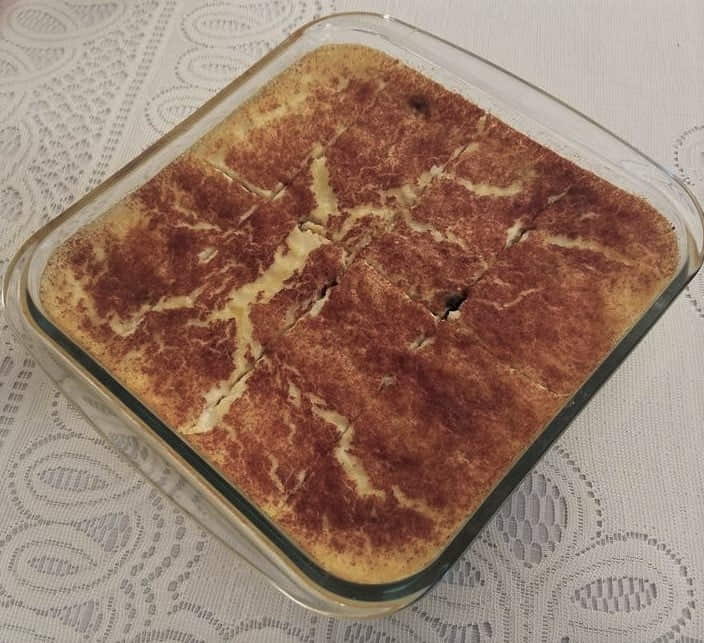
When it comes to putting cold glass in the oven, there are a few things that many people overlook. Here, I will share some tips on putting cold glass in the oven without risking any damage or accidents.
Don’t Use Too High Temperatures
One of the most common mistakes people make when putting cold glass in the oven is using too high temperatures. This can cause the glass to crack or even shatter, which can be dangerous and messy. To avoid this, it’s important to check the manufacturer’s instructions for your glassware and follow the recommended temperature range.
Ensure The Glass Is Oven Safe
Before you even think about putting glass in the oven, make sure it’s oven safe. Not all glassware is designed to withstand high temperatures, so it’s essential to check the label or packaging to see if it’s safe for use in the oven. If you’re unsure, it’s better to err on caution and avoid putting it in the oven altogether.
Don’t Preheat
Another mistake people make is preheating the oven before putting the glass in. This can cause a rapid temperature change that can shock the glass and cause it to break. Instead, place the cold glassware in the oven and turn it on to the desired temperature.
Check For Cracks and Scratches
Before putting glass in the oven, checking for any cracks or scratches is important. Even small imperfections can weaken the glass, making it more prone to breaking under high temperatures. Avoid using that glassware in the oven if you notice any damage.
Let It Warm Up A Bit
Finally, before using cold glass in the oven, it’s a good idea to let it warm up a bit. This can be done by placing it in a warm or room-temperature environment for a few minutes before placing it in the oven. This helps to reduce the temperature shock and minimize the risk of cracking or breaking.
If A Glass Dish Does Crack In The Oven, What Should You Do To Avoid Injury Or Further Damage?
One of the scariest situations I have encountered was when a glass dish cracked in the oven. The sound of it breaking was deafening, and I immediately panicked about what to do next. However, with a clear head and some quick research, I was able to handle the situation without any injuries or further damage. If you ever find yourself in a similar situation, here’s what you should do:
- Turn off the oven: The first and most important step is to turn off the oven. This will prevent further damage and reduce the risk of injury.
- Leave the dish in the oven: It may be tempting to remove the dish from the oven immediately, but doing so could cause the dish to break further and potentially cause injury. Instead, leave the dish in the oven until it has cooled down.
- Open the windows: If possible, open the windows in your kitchen to ventilate the area. This will help reduce the risk of inhaling harmful fumes from broken glass.
- Wear gloves: Once the dish has cooled down, wear gloves to protect your hands from sharp edges or pieces of broken glass.
- Carefully remove the dish: Using oven mitts and your gloved hands, carefully remove the dish from the oven. Be sure to handle it gently to avoid any further damage or injury.
- Please dispose of the dish: Once you have removed the dish from the oven, carefully dispose of it to prevent injury to anyone who may come in contact with it. If the dish is too large to fit in your trash can, place it in a plastic bag and dispose of it in a dumpster.
FAQs About Can You Put A Cold Glass Dish In The Oven
Should A Glass Dish Be At Room Temperature Before Being Put In The Oven?
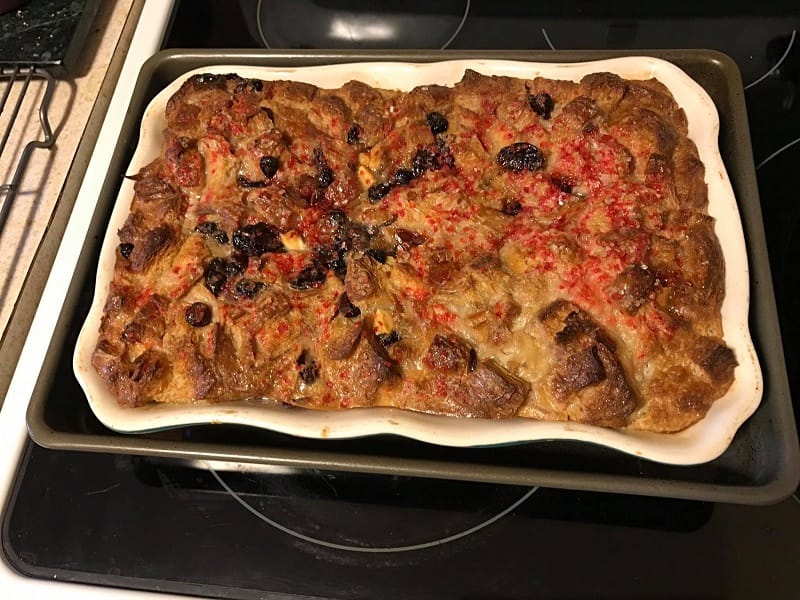
The answer is yes. It’s safer to allow the cold glass dish to sit on the counter for at least 30 minutes before placing it into the hot oven. Putting cold glassware in the oven can cause it to shatter or crack. So, it’s always better to let it acclimate to room temperature first. Moreover, even if the glass dish is labeled oven-safe, it might not withstand high temperatures, so it’s better to be safe than sorry. Therefore, it’s recommended to let the dish come to room temperature before putting it in the oven to avoid potential hazards.
Will Cold Glass Break In The Oven?
When baking with glassware, many wonder if putting cold glass in the oven will cause it to break. The answer is that it depends on the specific type of glass and the temperature change. Cold glass may break in the oven if the temperature change is too drastic and the glassware is not properly tempered. However, modern glass and glass ceramics are designed to minimize thermal expansion and can withstand more heat without breaking.
It’s important to take precautions such as ensuring that the glassware is heat-resistant and allowing it to warm to room temperature before baking. Cheaper casserole dishes may also break under pressure, so investing in high-quality, durable glassware is important. Proper care and attention make baking with glassware a safe and enjoyable experience.
Would The Cooking Time Or Temperature Need to Be Adjusted If Putting A Cold Glass Dish In The Oven?
The answer is yes; they should adjust either the cooking time or temperature. Glass dishes are not well-suited to withstand sudden temperature changes, and a cold dish placed into a preheated oven may break. To avoid this, it’s best to bring the dish to room temperature before placing it in the oven. Doing so will prevent the dish from breaking and ensure that the food is evenly cooked. For glass dishes, it’s advisable to reduce the oven’s temperature by at least 25 degrees Fahrenheit and bake it for a little extra time.
Conclusion
In conclusion, can you put a cold glass dish in the oven? Yes, you can if it is oven-safe, and it’s always best to take precautions and allow your glass dish to come to room temperature before putting it in the oven. It depends on the type of glass and the temperature changes it can withstand. However, if you are not sure whether your glass dish is safe for use in the oven, it is better to use a different type of dish or check the manufacturer’s instructions. Always be careful when handling hot dishes, and avoid sudden temperature changes that can cause the dish to break or shatter.
References:
- https://cooking.stackexchange.com/questions/87035/can-i-take-a-glass-baking-dish-from-the-fridge-and-put-it-in-a-hot-oven
- https://reviewed.usatoday.com/cooking/features/can-you-put-glass-pyrex-in-the-oven-without-it-breaking

Hey readers! Chip Holland here, and I’m a Manager of this website. My passion for writing about it only matches my passion for BBQ. Follow my blog for mouth-watering recipes, tips, and tricks for the perfect smoke, grill, and BBQ. I’m sure you won’t be disappointed!
